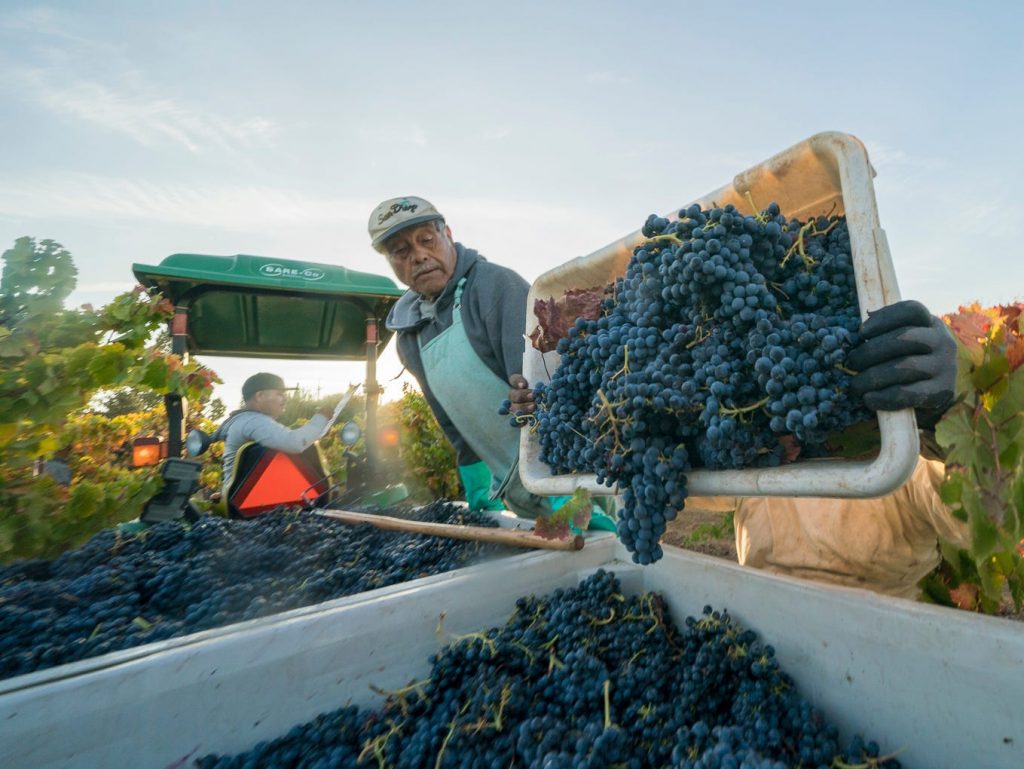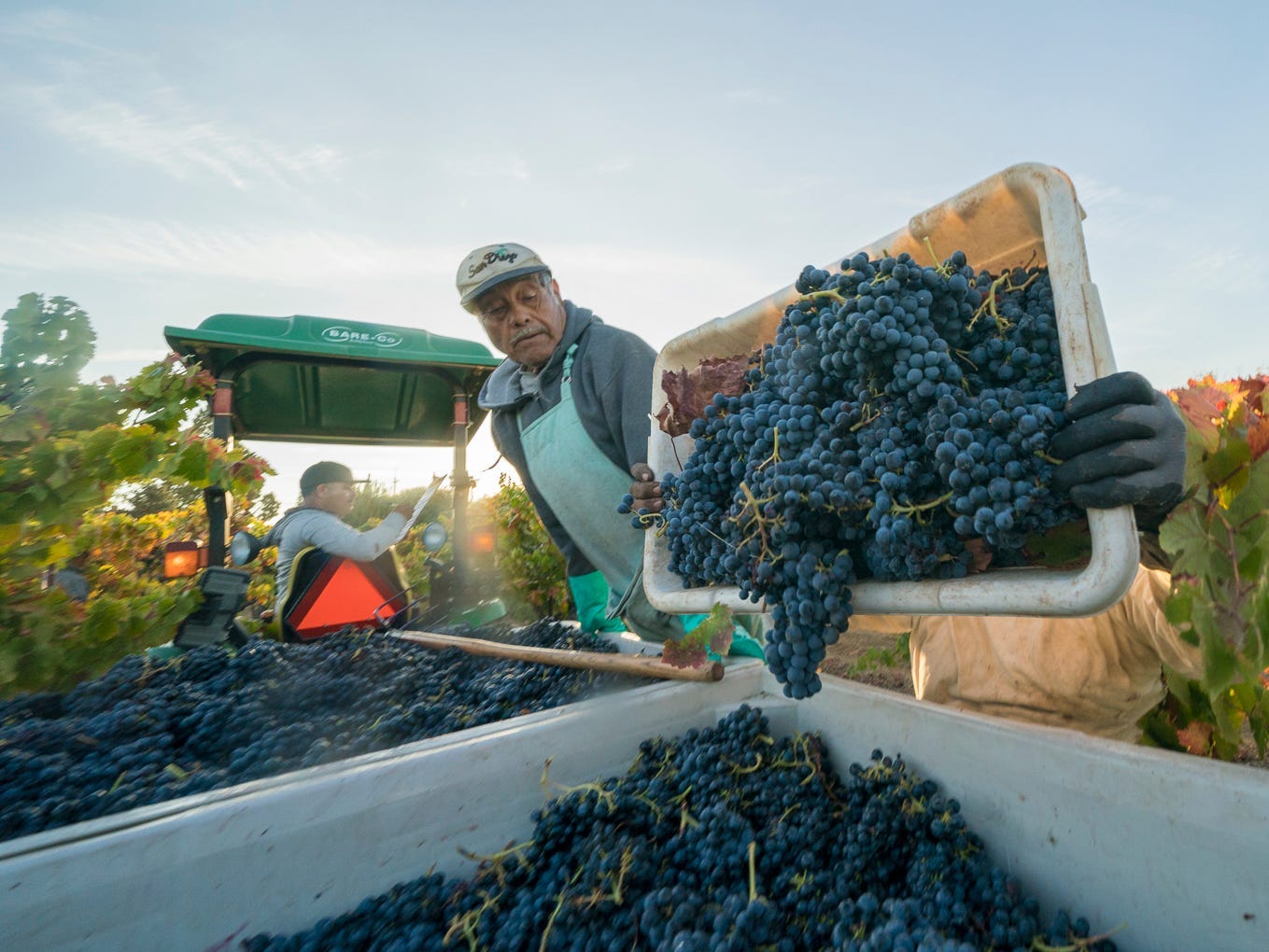
Andy Katz/Aperture Cellars
- Winemakers across Northern California have been dealing with extreme heat waves this summer.
- Many have ramped up on fire mitigation and streamlined irrigation techniques to preserve water.
- Insider spoke with winemakers who are also planting heartier grape varietals that can survive extreme weather.
- See more stories on Insider's business page.
Between a historic and seemingly endless drought, raging wildfires, and oppressive heat waves, California winemakers are facing unpredictable and extreme weather conditions. Across the state, in Sonoma, Napa, San Luis Obsipo, and Paso Robles, wine growers and makers are finding resourceful ways to keep producing complex and quaffable wines.
1. Fire mitigation
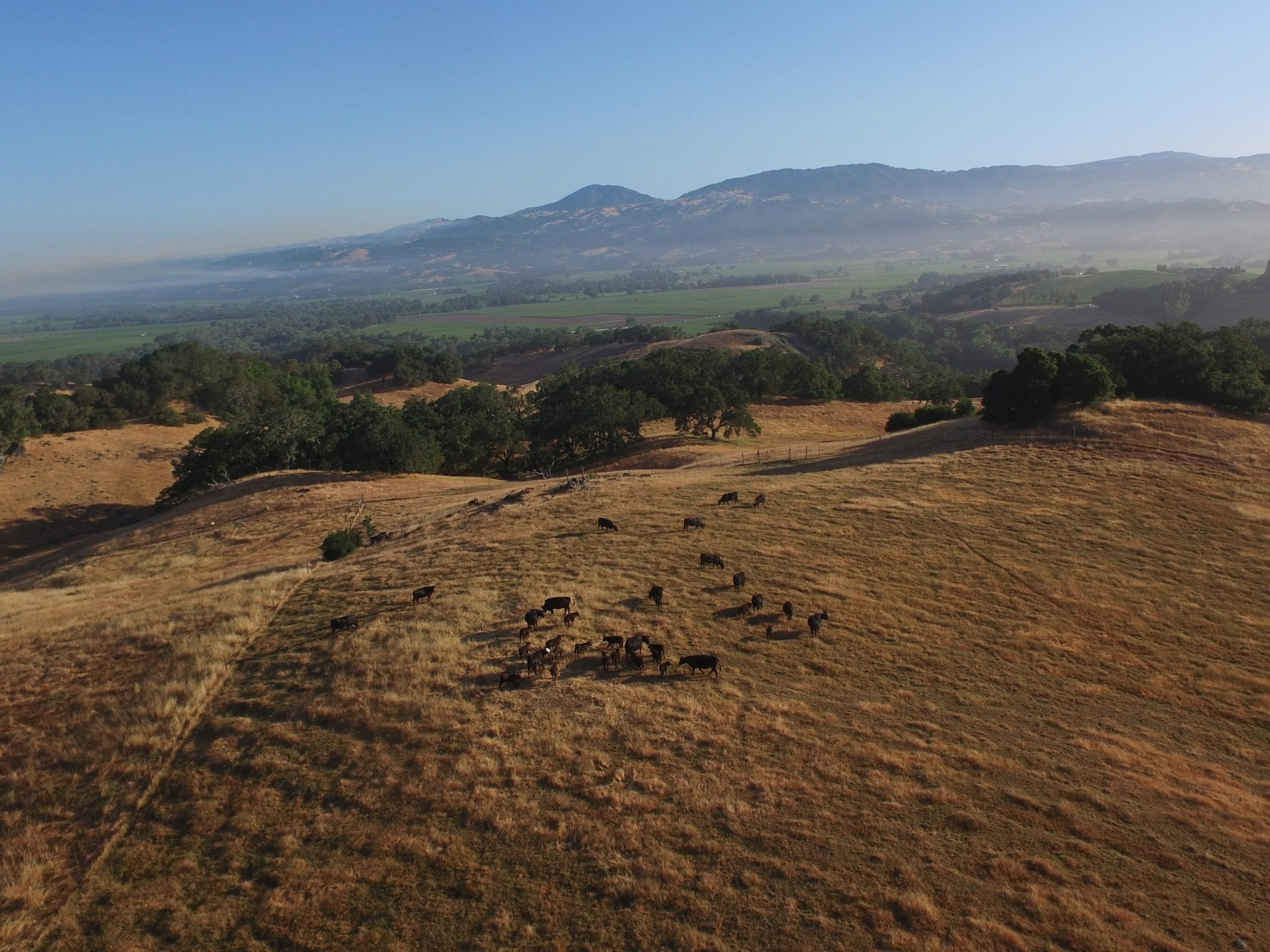
Jordan Winery
Jordan Winery in Sonoma County has spent $100,000 on fire mitigation since 2019, from purchasing a water truck and bulldozer to creating new access trails, expanding their cattle herd, and adding fencing and firebreak perimeter along their estate.
"This is the future of balancing land stewardship with wildfire protection," said Brent Young, Jordan's director of agricultural operations. "Livestock are an invaluable resource that can be foundational to reducing or stopping a wildfire spread before it's too late." Range grazing can even generate extra income for farmers, thanks to apps like Match.Graze that pair livestock owners with landowners..
Roy Estate in Napa Valley produces wine from a 17-acre vineyard, and they borrow a small herd of cattle from a nearby farm to rotationally graze through unplanted sections of the property in spring through early fall to manage the density of wild grasses that would otherwise be potential fuel for fires.
Similarly, Jason Haas has been using a flock of sheep to graze his Tablas Creek winery in Paso Robles. Tablas Creek first bought sheep in 2012 as part of a move towards biodynamic farming. In summer and fall during the harvest seasons, Haas deploys the sheep to graze the surrounding land, with the hope of protecting his vineyards from future fires.
2. Deficit irrigation
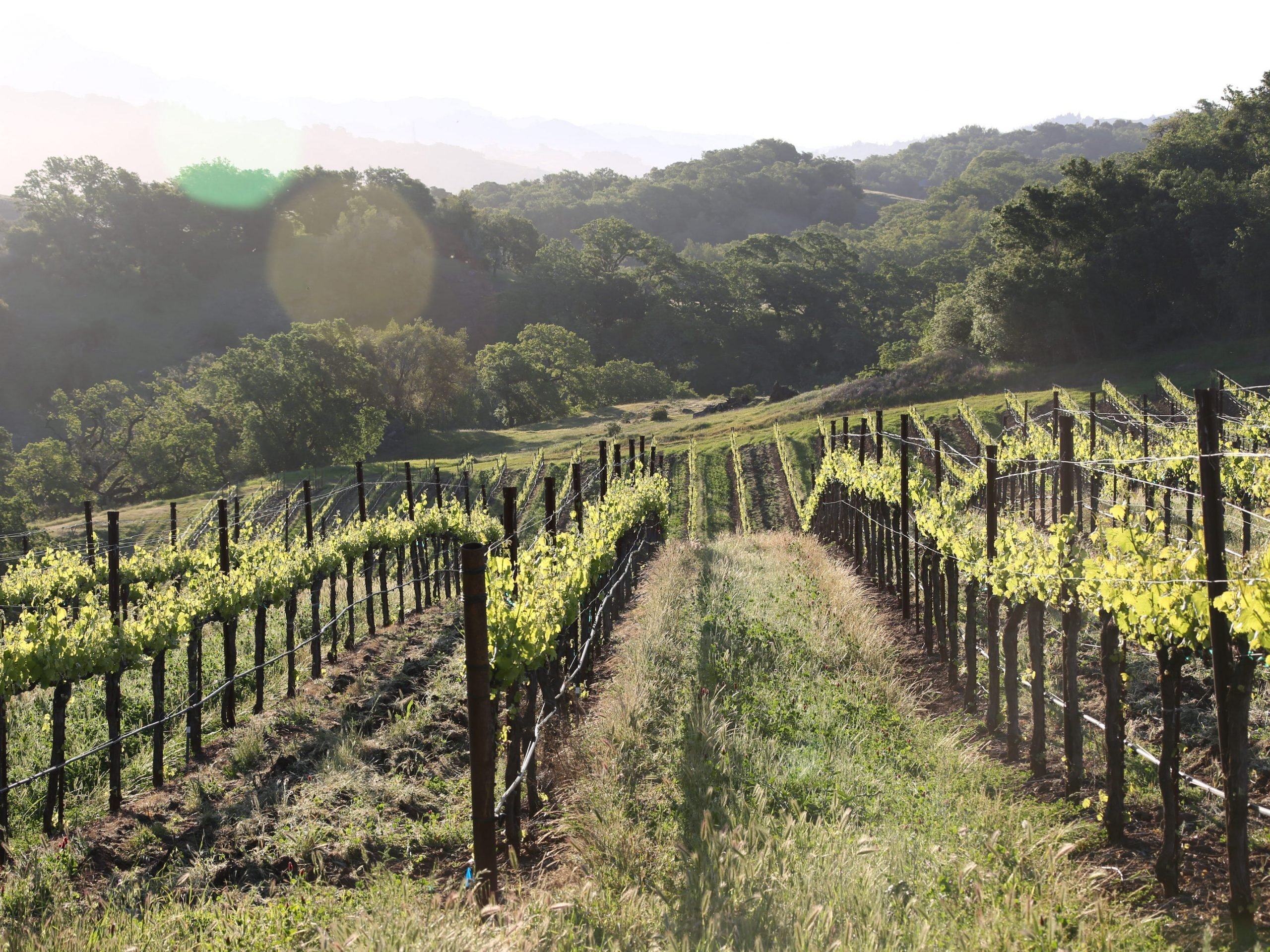
Jordan Winery
"The biggest short term worry for me is water," said Tony Biagi, a fifth generation Bay Area native who's been making wine in Napa since 1994. "Every decision now is being made with water in mind."
Biagi says he's turning to deficit irrigation at Hourglass Winery's Calistoga and St. Helena vineyards, a technique of carefully rationing water to the vines that need it most. Vineyards have also been replanted with drought resistant rootstocks that are tough enough to handle the lack of precipitation.
"We're trying to almost dry farm," Biagi said. "In the past, you just turned the water on and walked away. Now we walk the vineyard and see if the vine really needs a drink."
Wineries are also trying to reuse as much water as they can. At Hourglass, they're storing rainwater in their pond and using black polyurethane balls to slow evaporation. At Jordan, their water needs are met between winery recycled water and an on-property lake that's about five surface acres.
3. Planting new varietals
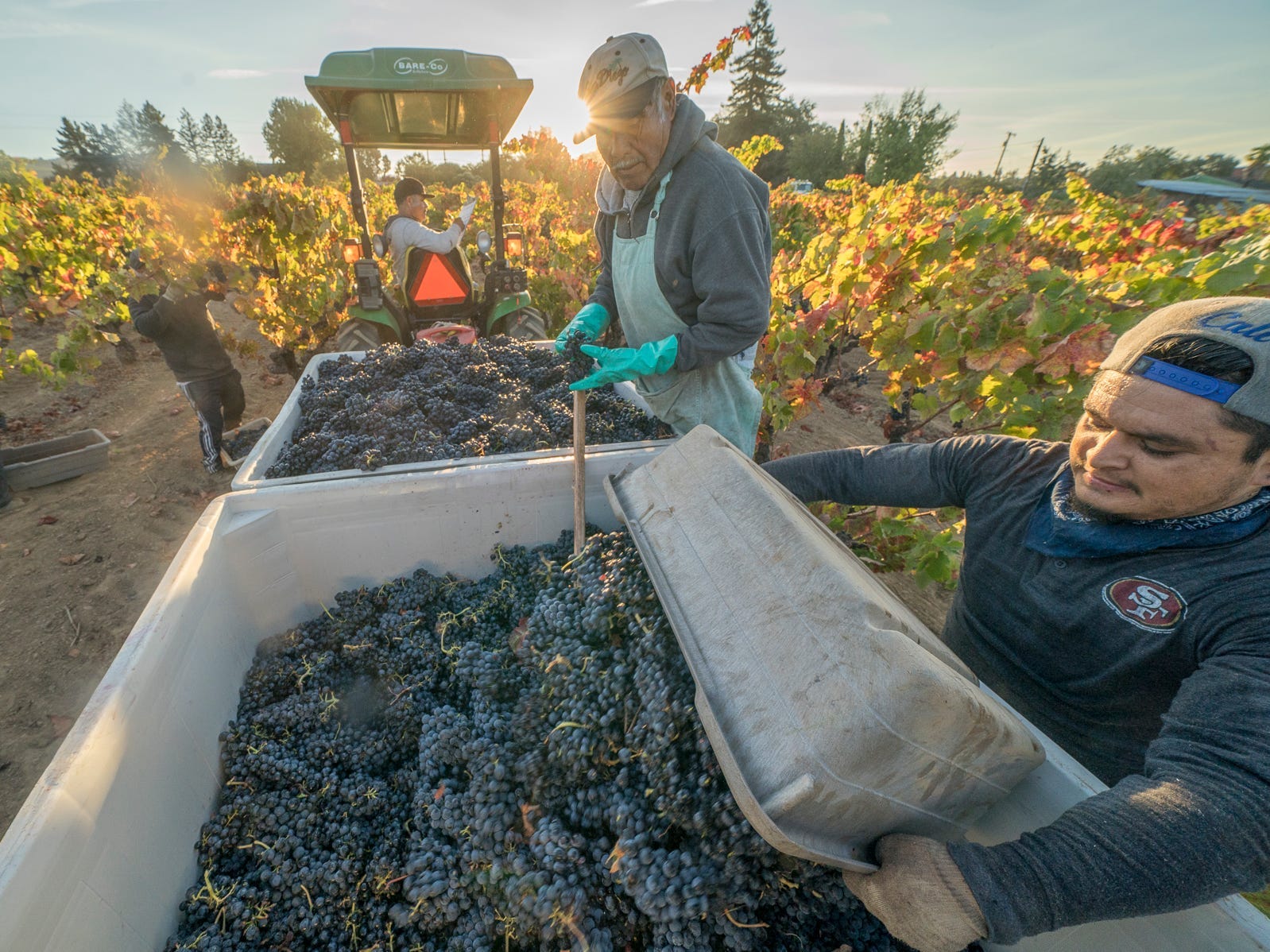
Andy Katz/Jordan Winery grapes wine
Biagi says certain grapes are better suited for hotter, drier weather, such as the hearty Cabernet Sauvignon, which won't leave Napa Valley anytime soon. In Sonoma, a region where thin-skinned Pinot Noir and Chardonnay have long reigned supreme, winemaker Jesse Katz is also betting on Cabernet Sauvignon. He started Aperture Cellars in 2009, anticipating the hotter, drier vintages that California has seen of late.
"I'd always known we had spectacular sites and soils (in Sonoma) for Bordeaux varietals, but people imagined that it was too cool for Cabernet," he said. Katz also planted all Bordeaux varietals across the 15.5 acres he's managing for Montage Healdsburg, forgoing Pinot Noir, which is more fragile and susceptible to damage in extreme weather.
In San Luis Obispo, winemaker Nathan Carlson of Center of Effort winery has established Rhône varietals - Mourvedre, Grenache, and Syrah - that do better in warmer, drier weather.
"These varieties budbreak and bloom on a slightly different schedule, and are a little more robust than Pinot Noir," Carlson said. "They yield a bit more reliably."
A couple miles away, Fintan du Fresne has been planting more Syrah and Grenache at Chamisal Vineyards to accompany his Pinot Noir and Chardonnay too.
"We used to make red grenache only two out of every three years," he said. "Now we can consistently get our Rhône varietals ripe every year."
Although winemakers are facing challenging and unpredictable changes in climate, those that spoke with Insider said they're confident these innovative strategies will help them continue growing healthy, hearty grapes.
